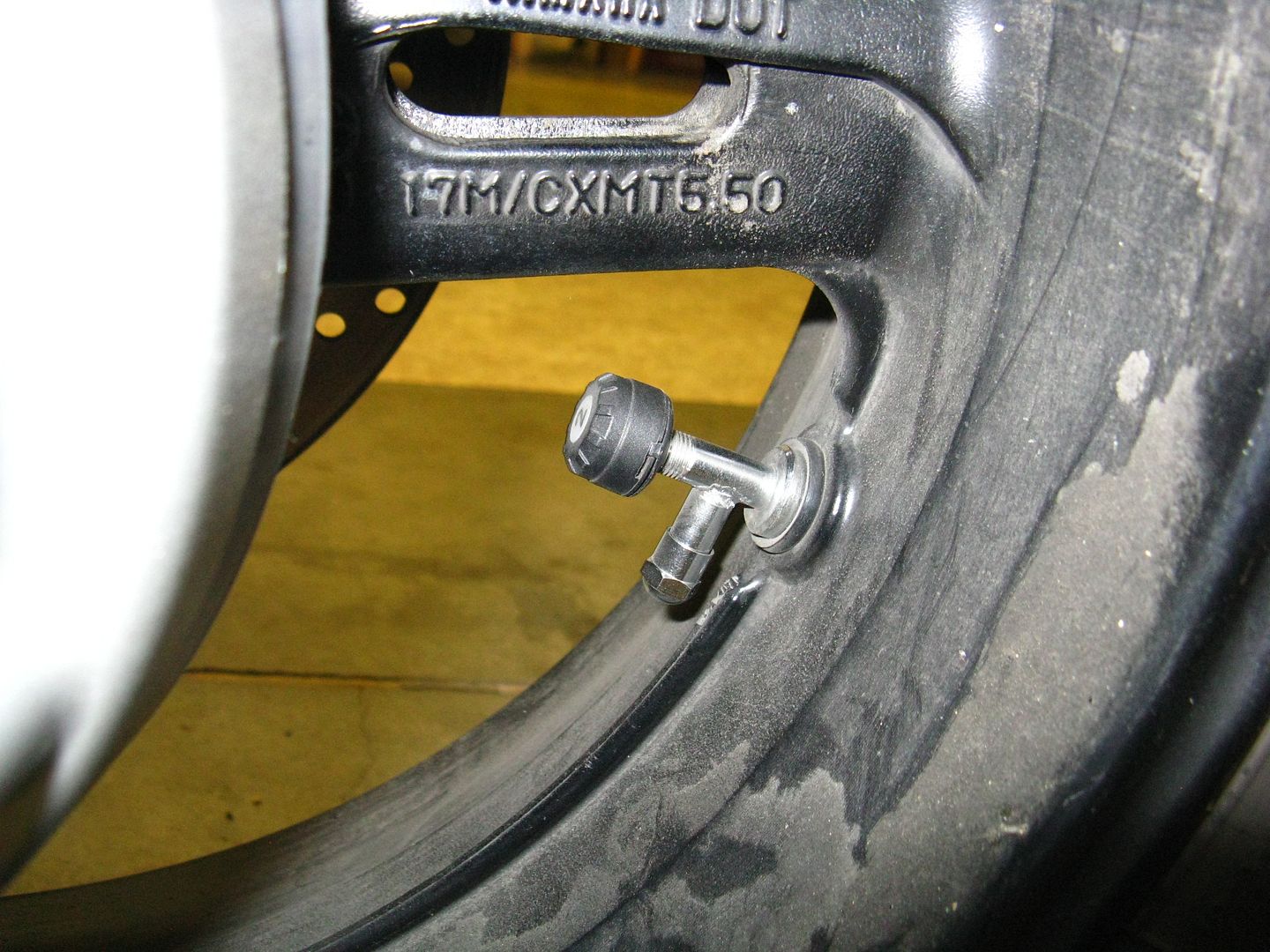AdamK
Well-known member
Are you saying the pencil gauge reads higher relative to this system before you even start riding? That is strange?? My readings are lower at colder temps or higher altitude, but the external gauge and the sensors always report the same lower values.Also, the sensors on the valve stems seem to be inordinately sensitive to ambient, the colder it is, the lower the reported pressure. As a result, I don't use these as an indicator of accurate tire pressure, I check with a pencil gauge before each ride. On super-slab rides I run 38F, 42R and on twisties combat runs, 36F, 40R. I look at the TPMS for delta between front and back (always shows 4 PSI difference) and for deflation indicating a puncture. I can also see the pressure rise delta as a percentage of initial reported pressure due to the warming of the tires but that is really not on my radar screen
The indicated temps always rise when the tire gets warmer. Sometimes quite a bit more in high heat and in the twisties or at high speed. I can set upper and lower limits on the TP Checker but they are absolute limits. They are not adjusted for temperature. The Smartire is one of the only systems which compensates for temperature. ie, it calculates what the pressure should be since launch based on the temp increase. It won't alarm unless the change in pressure doesn't compute relative to the temp change.




